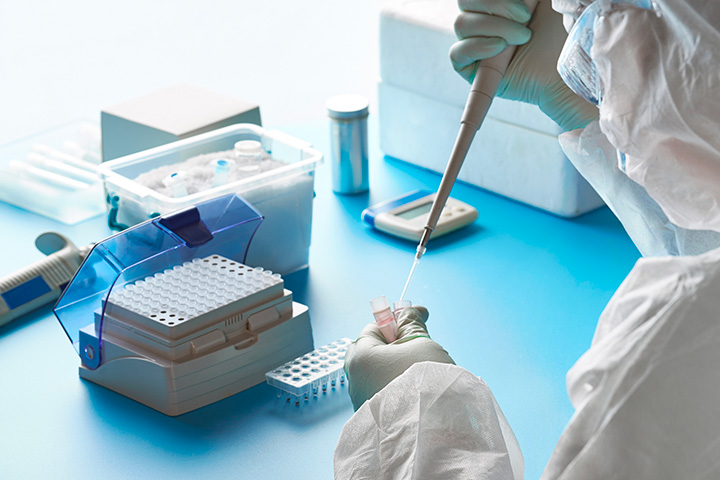Define the Scope and Services:
Matrics solution determine the type of diagnostic lab you want to establish and the range of services you plan to offer. Diagnostic labs can specialize in various areas, such as clinical pathology, microbiology, hematology, genetics, or imaging.
Regulatory and Legal Requirements:
Research and comply with the regulatory and legal requirements specific to your region. This may include obtaining licenses, permits, and certifications, as well as adhering to safety and quality standards set by relevant authorities.
Facility Planning:
Determine the physical space requirements for your lab. Consider factors such as the size of the lab, the number and type of diagnostic equipment, storage areas for samples and reagents, and the need for separate workspaces for different tests or procedures.
Equipment and Supplies: Identify the necessary diagnostic equipment and supplies for your lab. This may include instruments like analyzers, microscopes, centrifuges, incubators, and computers, as well as consumables, reagents, and chemicals required for testing. Research different suppliers and choose reliable sources for high-quality equipment.
Staffing and Expertise:
Assess the staffing requirements based on the services you plan to offer. Determine the number and types of personnel needed, such as laboratory technicians, pathologists, phlebotomists, and administrative staff. Ensure that your staff has the necessary qualifications, experience, and expertise in their respective fields.
Information Systems and Data Management:
Implement an efficient information system for managing patient data, test results, and laboratory workflow. Consider adopting a laboratory information management system (LIMS) to streamline processes and ensure data accuracy and traceability.<
